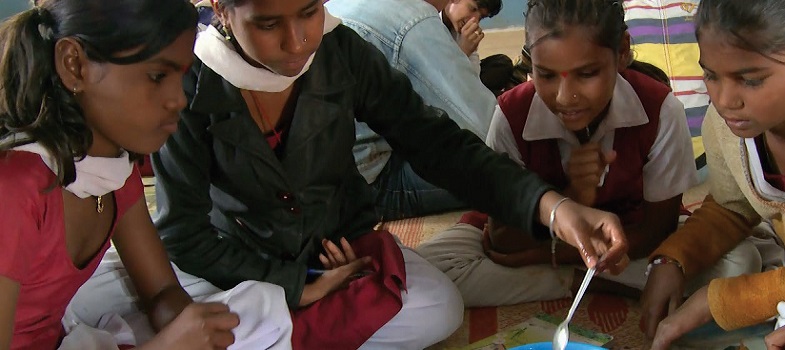4 Learning from the work of fictitious students
You have now engaged with a number of activities that help your students to think about the mathematical processes involved in finding common factors and multiples, in order to analyse and describe their own methods.
The next activity shows another way to encourage students to think critically about what they are doing and what they are leaning. This activity asks students to critically evaluate the working methods of some fictitious students and come up with reasons why the students’ way of working is (or is not) mathematically valid. Using work from fictitious students often works well in exposing possible misconceptions, because it avoids emotional reactions and feelings of embarrassment. Since it is not work from the students themselves or any of their classmates, they can treat it without concern for anyone who may be embarrassed or upset about what they are saying. The task is further enriched because one of the methods offered is not incorrect, as such, but could be – that is, it has limitations.
Activity 3: Using fictitious students’ work
Tell your students that students Meena, Deepak, Aditya and Aneesh were asked to solve the following:
- a.Meena did it thus:
- b.Deepak thought this was what should be done:
- c.Aditya was sure this was the method:
- d.Aneesh solved it in this way:
Discuss each of these methods with your partner.
- Are they mathematically correct, incorrect or partly correct?
- Why?
- How do you know?
Then bring the class together and ask different pairs of students to present their responses. For each response, ask if other students agree and encourage them to share their answers. In this type of class discussion your role as a teacher is to facilitate, not to give your own opinions. So you could use phrases like ‘Does everyone agree?’ and ‘Who would like to give a different view?’ You should encourage the students to listen to each other and build on each other’s understanding.
Case Study 3: Teacher Faraz reflects on using Activity 3
The students were grouped in pairs so that there could be input and ideas from both students. I decided not to go for bigger groups this time because I thought the work needed quite detailed reading and discussion. Pair groupings offer a closer working environment where the work can be more thoroughly examined by each student.
I could hear a lot of arguing, with students questioning each other and asking for reasons when they disagreed. After they had had sufficient time to get to grips with each item, we discussed the methods of the fictitious students one by one at the blackboard. For each one I asked a student to come to the blackboard to be the teacher and guide the discussions. The first attempt was slightly chaotic, with some students shouting out, but after I told them there was to be no shouting out at all and hands-up only, the discussion really improved and seemed valuable. I stood at the side, sometimes offering another thought, but with actually very little intervention on my part.
Pause for thought
|
You can adapt this activity in many different areas of the maths curriculum. Think about the topics you will be teaching over the next month. Which topics do students usually find very difficult? Do you have examples of students’ work from previous years? Plan an activity like Activity 3 to use with your class. Share your ideas with other teachers in your school or cluster. In this way you can develop a folder of interesting activities for your teaching based on the textbook.
3 Practising techniques and noticing differences between LCM and HCF
